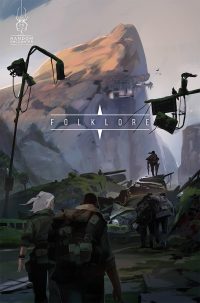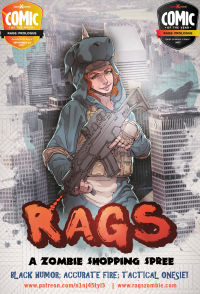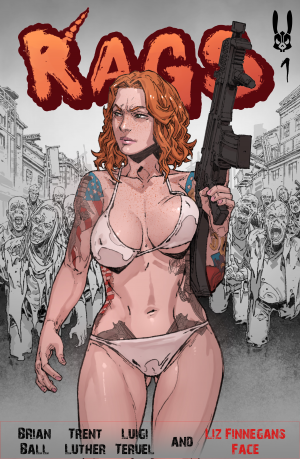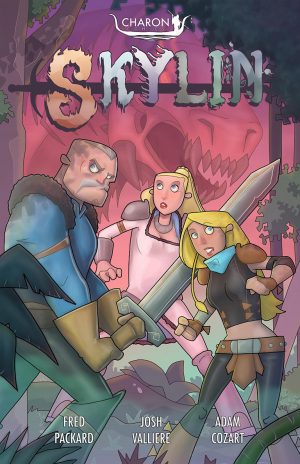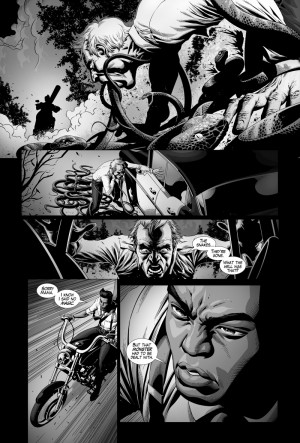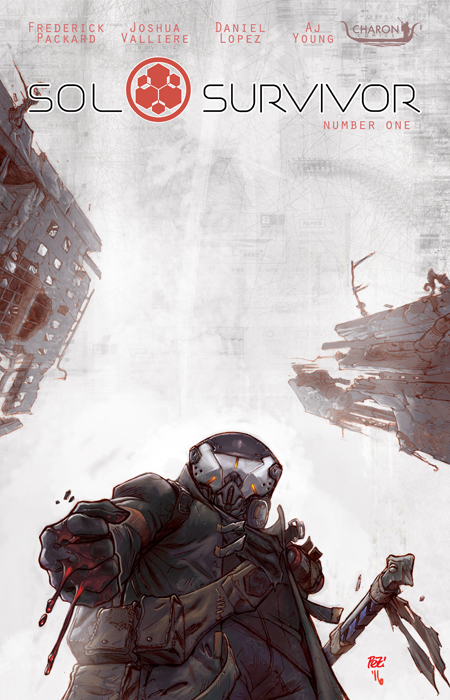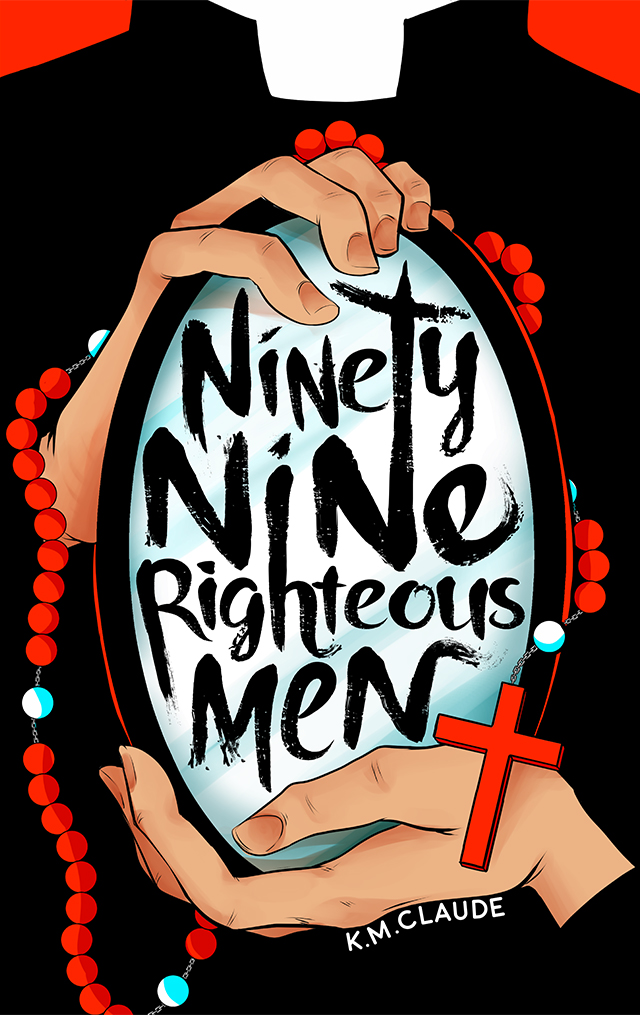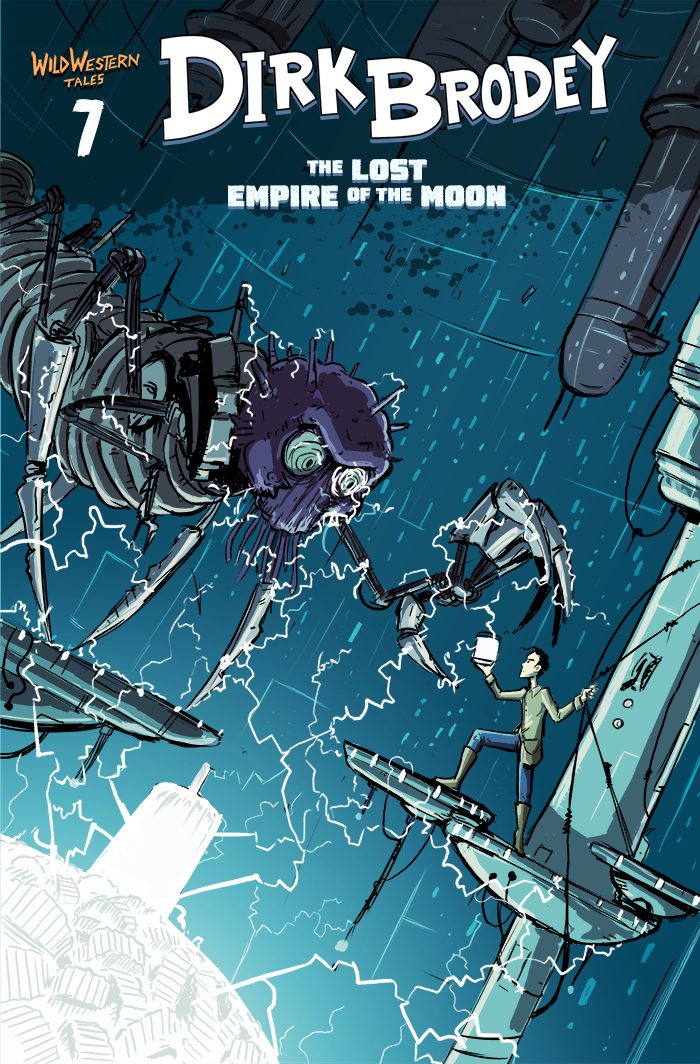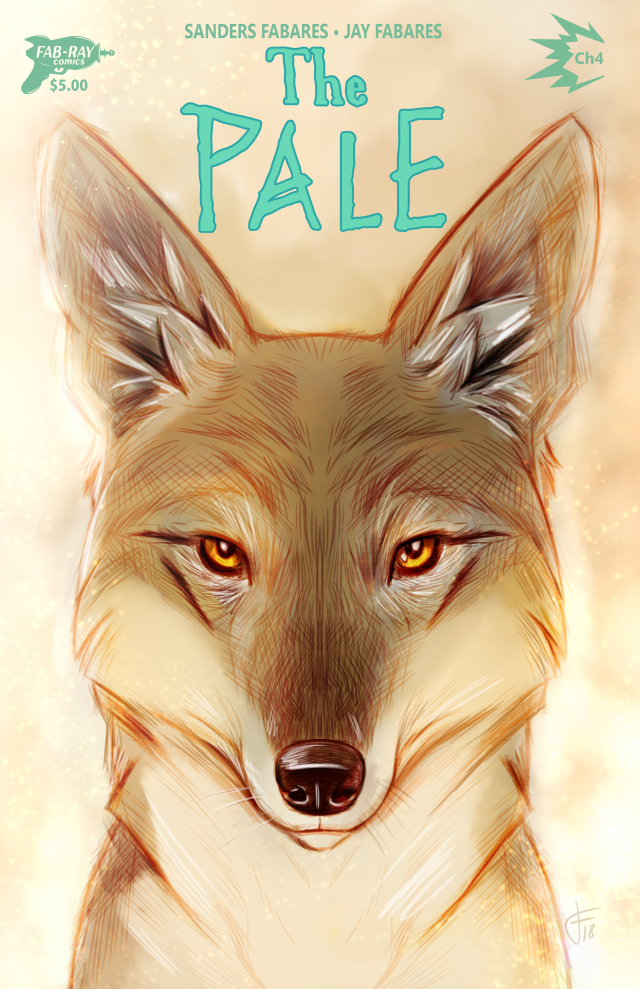
Indie Comic fans with a finger on the pulse… (deliberate plug to our new newsletter you can sign up to here) … won’t fail to have missed the recent ComixCentral Awards for the best Indie Comics of 2017.
Readers of all things ComixCentral will know this was a tough one! We’re still in our first year but it’s been an amazing ride and the quality and creativity coming out of our creators is truly an inspiration. We’d genuinely love to have given everyone awards but that’s not how these things work (plus these books were already Comic of the Week winners so yay everyone’s a winner anyway!).
One of the hardest things as identifying the categories and then which comics would fit into each one. This is the great thing about indie is that it refuses to be put in a box. So many comics had more than one chance as they were put into every category they could qualify for. We’re not people to limit opportunities for our creators.
We thought we couldn’t just let this moment pass without taking a more detailed look at our winners and give a little bit of insight into why they came away with the big prize in their category. We know you guys don’t do this for the prizes and awards but hey we’re one big community so we’re happy to share the reasons that we love these comics.
So we’re going to go through the categories one by one over the coming days and weeks before getting to the overall winner.
Best Sci-Fi - Folklore Issue 1
“A band of survivors travels across North America after a biological weapon turns the world’s greatest superheroes into horrifying abominations. “
Folklore was created by Random Encounter Comics made up of writer Adam Ma and Illustrator Colin Tan.
In the Sci-fi category, the votes for Folklore were pretty unanimous. The art alone was enough for us to fall in love with this book with its. The rich painterly renditions create an extra dynamic in this story and something often mimicked but rarely mastered.
Turning the superhero format on its head Folklore images and a post-apocalyptic world where superhumans aren’t all we believed they would be.
This story very efficiently sets this scene setting up how the population reacts to a self-imposed cleansing armageddon.
This introductory issue does a fantastic job of setting up the premise for the story. Folklore uses big visuals to create a sense of scale and drama which isn’t overcooked in dialogue or captions. The creators have struck a great balance here and ending this part of the story with a great hook luring you into issue 2.
Sci-fi and ‘Superhero’s are two genre’s where it’s pretty tough to say anything new and at risk of trolling an entire industry does the comic world really need more superhumans? In Folklore, we get a novel take on both and an interesting response to superhero fatigue.
Most of our prizes were awarded to single issues and in this case for issue one but you can read all the way to issue 4 on ComixCentral right now.
Best Thriller - Daughters of Knights
Next up we have the winner of “best thriller” comic.
Daughters of Knights is entirely the work of Steven Rosia and as both writer and artist, he’s been able to bring his vision for this story to life exactly how he imagined it.
Seraphine, accused of witchcraft, recalls the demon who slaughtered her companions and framed her. Daughters of Knights is a medieval horror story about a disfigured girl, slaying monsters, and an uncomfortable, unconventional attraction…
Like many of our winners, this book is a fantastic testament to Indie. Entirely creator produced and couldn’t be further from the tired formats of the big publishers. How many of them would support a strong female character driven medieval horror story?
In this first installment, Steven has managed to set the scene for things to come and build to what looks to be a thrilling series.
Issue One is a masterclass in creating a believable world, characters, and a story arc within this first 24 pages. Something many creators fail to do without getting the balance of overuse of exposition or leaving too much for the reader to fill in between the lines.
And something else specific to stronger indie creators Daughters of Knights makes no attempts to ‘borrow’ from popular tropes to gain an audience or copy particular artists. If you’ve met Steven in real life you’ll know he’s not one just to go with the crowd and that pays testament in his work. Steven has cultivated his own illustration style here which works perfectly with the tone of this story. And this is matched in his writing which perfectly captures the medieval tone without resorting to stereotyped shortcuts.
The judges enjoyed this introduction to the story and can’t wait to discover what happens to Seraphine next. Like all the others this was a particularly tough category but the strong unique story and Steven’s efforts to produce this work single-handedly, definitely gave him the edge here.
Best Mystery – The White Room of the Asylum
‘Best Mystery’ awarded to The White Room of the Asylum
Written By Luke Melia, Art by David Anderson, Bobby Penafiel, Kat Fajardo, Omaik Neiv, Zev Zimmerman and Vinny Smith
The White Room could have fit a number of categories as it’s a story that transcends many traditional genres but it’s a mystery that it really shines. The tale of focuses on the tape-recorded memoirs of an old man named Steve who recently committed suicide. The tapes tell of the last period of his stay at the Soraberg Asylum and his discovery of what he came to call ‘The White Room.’ The White Room is an infinite space of pure white in which the residents can create anything they can think up. Over time more residents gain access to this mysterious place. Thus begins a series of events that stretches Steve’s sanity to its limits.
This book is very much more in the realms of graphic novel stretching to over 150 pages. But Luke Melia’s story rattles along at some pace, drawing you further and further into this twisted world and the events leading up to Steve’s eventual demise (that’s not a spoiler, by the way, you know from the start what’s happened, the story still engages you in discovering what secrets the White Room holds).
What the judges liked about this book, beyond the captivating story, was the use of multiple artists, one for each chapter if the book. It’s common to have to switch artists particularly in the world of Indie when sometimes that’s enforced, but here it’s done in a way to make a truly collaborative work in a really interesting way. And with 6 different illustration styles to content with this story does a great job in managing some visual continuity across the chapters.
One thing that really works well and, a great example of the constraints of self-published indie being turned into a strength, is the use and restriction of colour. By using just black and white art to represent the white Room this book turns what could be a constraint into a really bold way to create some strong visual storytelling. The White Room itself and the view from inside the minds of the residents give an opportunity for the writer and artists alike to really go to town with some imaginative narratives.
This book represents so much of what we love about indie at ComixCentral. Things like a real freedom to tell a story without censorship (it does include some pretty adult content), a truly collaborative effort on the part of the creators, all expertly coordinated by the writer, and some really creative approaches to working within the limitations of self-publishing. And all that’s on top of an incredibly novel and creative story arc which really draws you into the life of these characters.
We asked Luke for a comment on the White Room and this is what he said,
“Creating “The White Room of the Asylum” was an interesting challenge. We’d just spent over 2 years putting together our first book, Oculus, and the goal for producing the white room was to do it quicker. Whilst the illustrators were working on Oculus, I wrote the scripts for The White Room of the Asylum, a story that I’d been wanted to write for many years.
The book was split into 6 chapters, and the idea was to have a different illustrator working on each part at the exact same time. To achieve this, we had to make sure the concept art, including every character and the various different colouring styles, was finalised and communicated to everyone involved. David Anderson, Vinny Smith, and Bobby Peñafiel did a fantastic job at getting the concept work spot on. They were then joined by Ephraim Zimmerman, Kat Fajardo and Omaik Neiv in illustrating the book.
The result is a book I am immensely proud of. I didn’t really know how well this idea would work until it all started coming together. Luckily not only did it work, but the shift in styles complemented the shifts in the story with each new chapter. We are incredibly grateful to win this award. To have our work recognised in this way goes far beyond any of the expectations we had when starting the project.”
One thing we were excited to hear as we write this is that Luke is already working on a partner story to this book. And we can’t wait to read it.
Stay tuned for more Winner’s Spotlight profiles to come!

